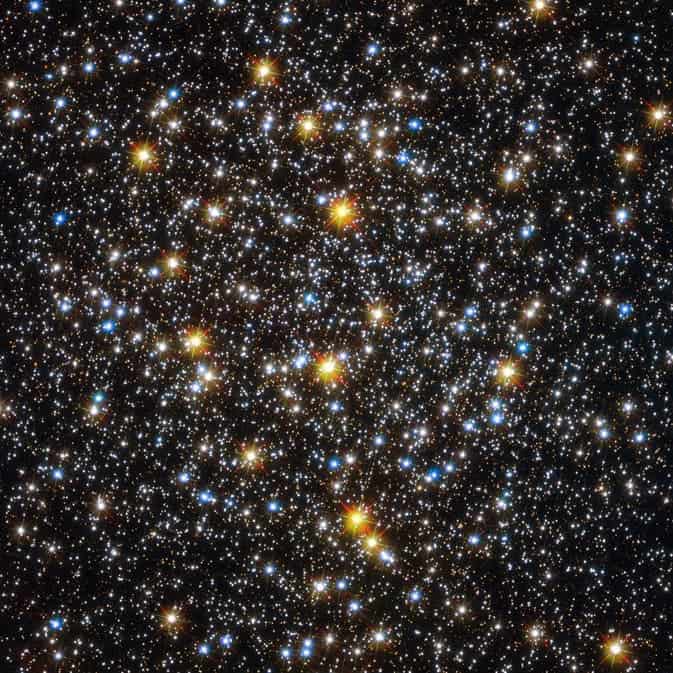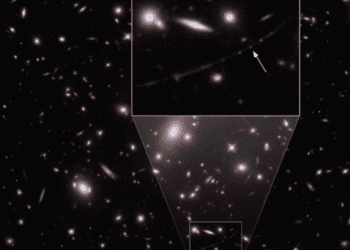The great pics from Hubble just never end! This time, the brave telescope offered an impressive view of the center of globular cluster NGC 6362. The image of this spherical collection of stars takes a deeper look at the core of the globular cluster, which contains a high concentration of stars with different colors.

Seeing what appears to be young stars came as quite a surprise, considering that globular clusters are composed of old stars, which, at around 10 billion years old, are way older than the Sun. These clusters are quite common both in our galaxy (over 150 found so far) and in other galaxies. Also, globular clusters are among the oldest objects directly observable in the known Universe, making them living fossils, extremely useful in understanding how galaxies work.
The accepted theory at the moment is that all stars in a globular cluster are about the same age; however, new, high precision measurements performed in numerous globular clusters, primarily with the Hubble Space Telescope have made some astrophysicists doubt this theory. In particular, there appear to be younger, bluer stars, amidst older ones. Researchers dubbed them blue stragglers and NGC 6362 has lots of them.
It’s unclear at the moment how they appear, but since they are usually found in the core regions of clusters, where the concentration of stars is large, the most plausible explanation seems to be that they form as a result of stellar collisions or transfer of material between stars in binary systems.
NGC 6362 is located about 25 000 light-years from Earth in the constellation of Ara (The Altar), and it was discovered all the way back in 1826 by British astronomer James Dunlop.






